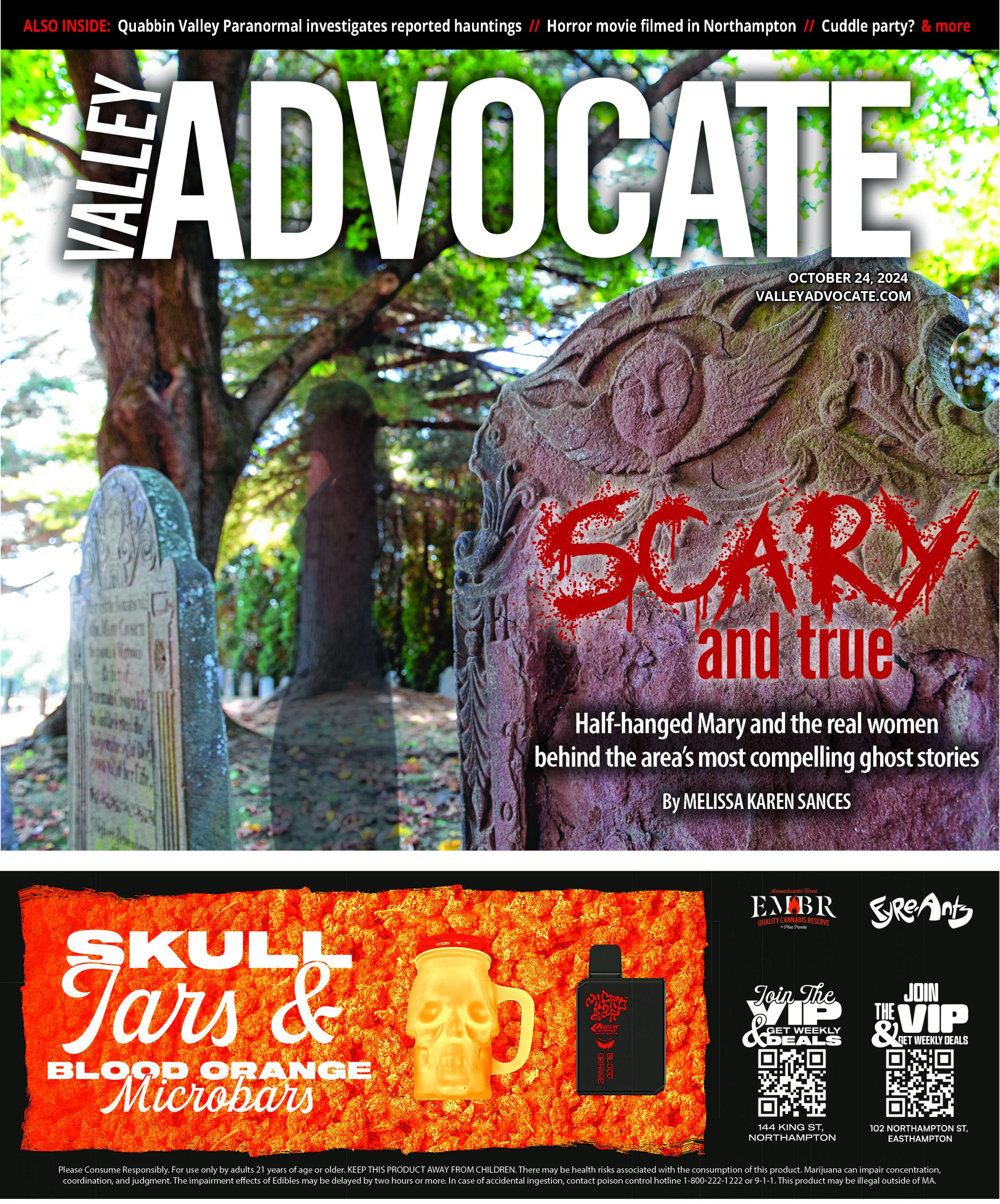[This is the second installment of an essay I wrote about my time as a high school wrestler. Part 1 is here.]
Sophomore and junior years were practice years. They were years of more wins and fewer losses but more than that they were years of drills. They were claustrophobic drills, contained within small spaces—the wrestling room itself; the plots of rubbery maroon mat allocated to each practice pair; the dank, escheresque stairwell up and down which the team ran dozens of times before each practice, our shoulders brushing on the way down against the boy at the front of the line already coming up. At the start of each practice, to warm up before stretching out, we would do takedown drills around the perimeter of the room, lunging for single-legs and double-legs against imaginary opponents, scooping up imaginary thighs and ankles a few feet behind the heels of the boy in front of us, who was doing the same.
“Lower the hips,” Hank would shout, stalking the room, his face red and dripping with sweat from his pre-practice lifting in the weight room, a scowl alternating with a cocky grin.
“Change levels,” he would say, and so we would: dropping, lunging, driving through, gathering in, picking up, and then doing it all over again, around and around the room, pushing currents of rank air like kids in a pool trying to generate a maelstrom. In the practice proper, we would pair up with someone around our weight and try our luck with a live opponent, a body and a set of synaptic responses to offer resistance, wile, unpredictability. The rote muscle memory was forced to adapt, to become adaptive, to grow from a set of linear motions to a more abstract form guiding a set of infinitely variable radiations.
There was a rhythm to practice, an ebb and flow of intensity and purpose. Wrestling is anaerobic, demanding at full pitch a burn of energy the body can’t long sustain. We couldn’t go at each other, chest to chest, lung to lung, for long. Competitive takedown drills would alternate with short clinics, where Hank or one of the assistant coaches or one of the veteran wrestlers would introduce us to a new move, or a new technique.
After the clinics, we would find our partners again and practice the move, slowly, letting the oxygen creep back in and accumulating a new store of energy for the next competitive drill, finding in the camaraderie that flourished in these respites the emotional energy that would sustain us during the long, often viscerally unpleasant season.
There was some redemption in winning, which I did with increasing frequency, placing eighth at the state championships my sophomore year, and fifth my junior year, but the winning could not, on its own, compensate for the sacrifice. With the weight loss came lethargy and irritability and hunger; with the mat burns came discomfort and ugliness; with the practice came exhaustion to the point of vomiting. My schoolwork suffered; my friends and family didn’t like me as much. The nerves in the flesh covering my left kneecap were permanently deadened.
Those first few years, I would grow so anxious before every match that I would have to take a shit. Sometimes I would have to go twice. In a match against Choate my junior year, I didn’t make it all the way back from the gym to the locker room toilets, and I shit my jockstrap. I didn’t have time to find another jockstrap, so I freeballed it, and was so stoked on anxiety (that someone would notice that I wasn’t wearing my undies) that I lost by only two points to a kid who should have creamed me.
The compensation came, when it came, in the interstices: the breathers in practice, the bus rides to and from away matches, the days after the last day of each season when I realized, to my amazement, that I could eat again.
I enjoyed too the minute or two before my matches began, the threshold time after my nerves had subsided but before the wrestling commenced. I would walk out on to the mat, wrap on the red or green ankle-band that allowed the referee to identify us to the scorers, dip down for one deep knee-bend, and then stand and wait, making a few jokes to my teammates on the bench, looking anywhere but at my opponent. When the ref finished recording the results of the last match and left the scorer’s table, I would set my right foot on the line at the center of the mat and wait for my opponent to do the same. The ref would signal to us to shake hands, and though I knew wrestlers who used the moment to intimidate, with a vice-grip handshake or a menacing glare, I rarely even looked the other boy in the eye. We would joke in practice about more subversive ways to disorient our opponent – the cold fish handshake, the tickler, the hale-fellow-well-met two-handed grab, the forearm clasp – but I always went for the steady grip and release. It wasn’t about him, whoever he was, but about me, and what I would do or fail to do in the next six minutes.
There was a dignity to our rituals, I think, because so many of them were interior, invisible to the rest of the school and rarely discussed even amongst us. The wrestling room, where we practiced, was located safely away from all the other students at the top of two flights of narrow steps, above the locker room and connected by a removable insulation panel to the balconies above Shimkus Gymnasium. The room hadn’t been renovated in decades, and there were exposed pipes and radiators, brick walls with peeling blue pads duct-taped amateurishly to them to protect tossed wrestlers, and a cavern above that yawned up into the darkness. Off to the side and through an empty doorframe was a small, unlit leftover space with a slanting ceiling that had been converted into a team locker room. In the corner of the locker room there was a small, trapezoidal door to an even smaller space, little more than a closet, with a sloping ceiling that couldn’t have been more than five feet at its highest. Senior year, two of my teammates decided to renovate it. They lay cheap oriental rugs on the floor, strung Christmas lights around the perimeter, and installed an entertainment center with a TV, VCR and stereo. We had keys to the gym and the wrestling room because one of the wrestlers, whose mother was a teacher, had copied a master key from her key chain, so the hideaway was ours to use whenever we desired. For the most part, it was used to smoke dope and watch movies. I called it “the fuck-den,” though I never had the moves to persuade any girls up there. Even so, I liked the idea that it was there: a secret, dark oasis that belonged to us alone, whose very existence seemed a protest to the ways in which the school tried to break us down, homogenize us, control us.


